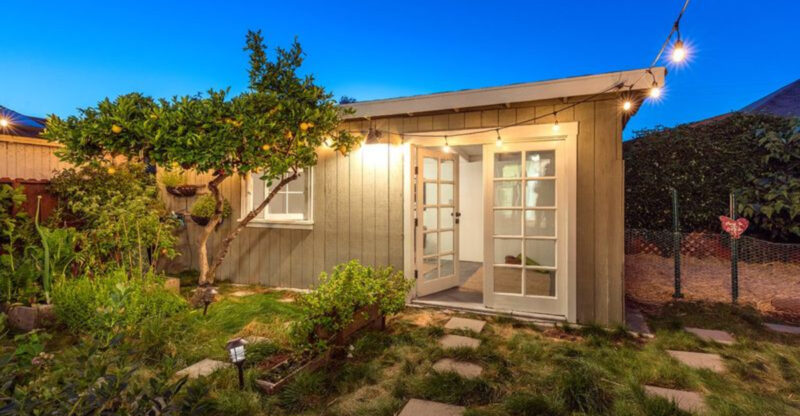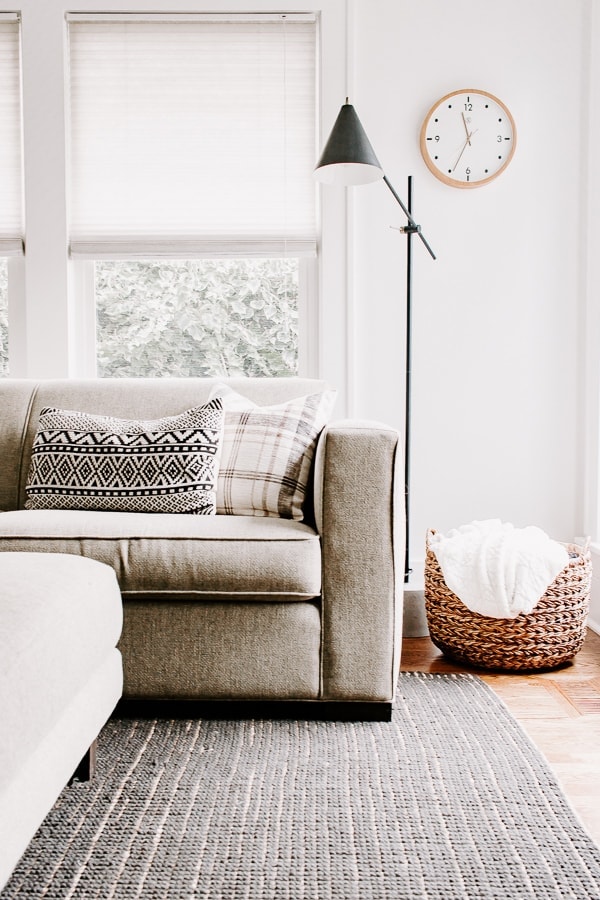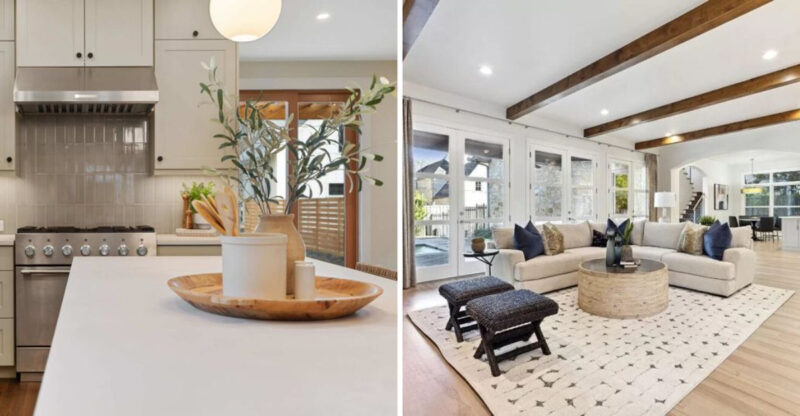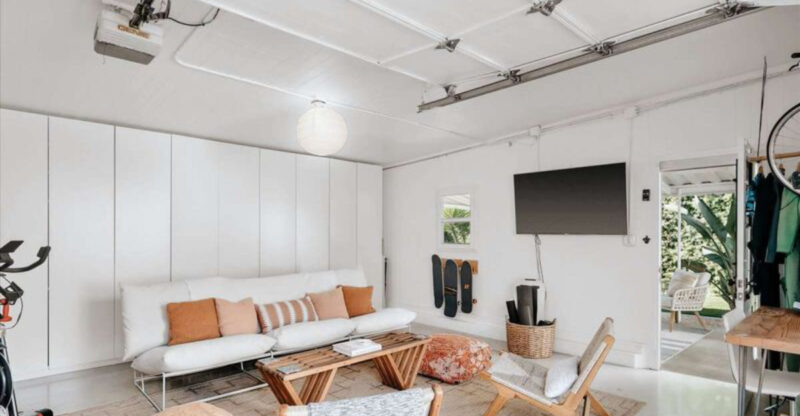By 2026, These 13 Types Of Homes Could Take A Hit In States Like California
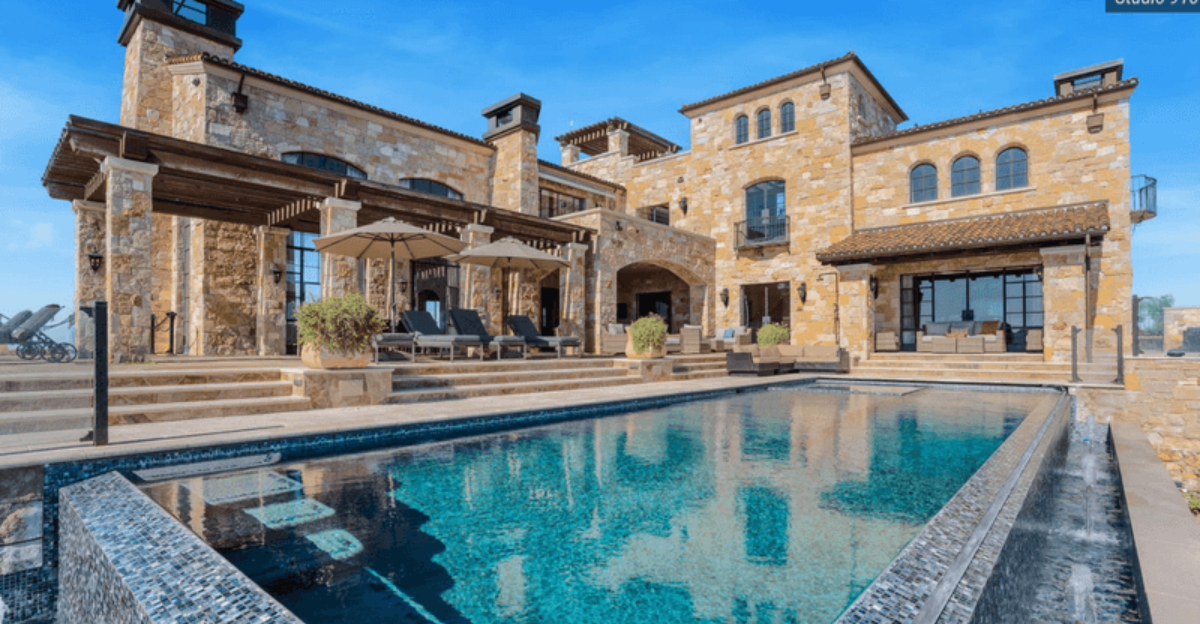
California’s housing market has always been wild, but things are shifting fast. Some homes that once seemed like dream properties might soon become harder to sell or maintain.
Climate challenges, rising costs, and changing buyer preferences are reshaping what people want in a home, and certain styles could really struggle in the coming years.
1. Mid-Century Modern Ranch Homes In Aging Suburbs
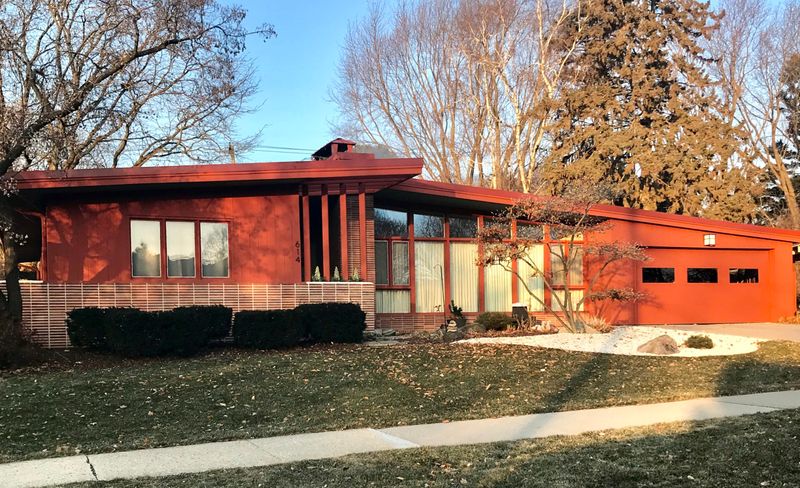
I’ve noticed these classic ranches popping up everywhere in older neighborhoods. They look cool with those clean lines and big windows, but many haven’t been updated since the 1960s. Original electrical systems and plumbing can cost a fortune to replace.
Buyers today want open floor plans, not the compartmentalized rooms these homes offer. Plus, aging suburbs often lack the walkability and amenities younger buyers crave.
Energy efficiency is another major concern since old single-pane windows let heat escape like crazy.
2. Spanish Colonial Revival Homes With High Maintenance Needs
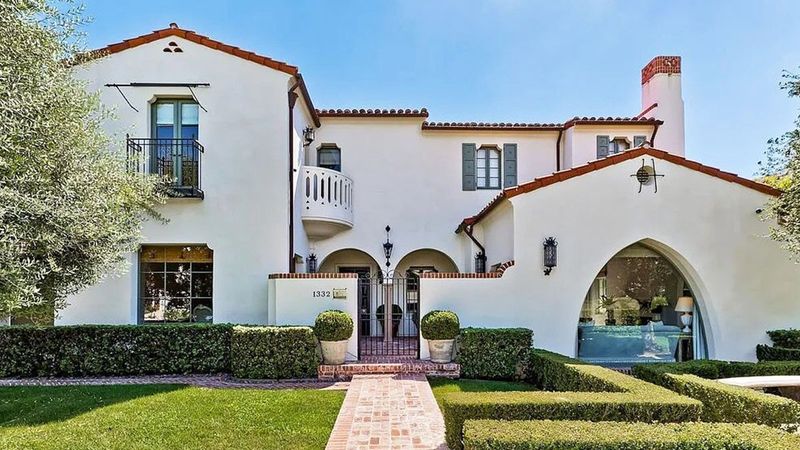
These beauties have so much character with their stucco walls and tile roofs. However, maintaining them requires serious dedication and deep pockets. Stucco cracks easily in California’s shifting soil and needs constant repair to prevent water damage.
Those gorgeous clay tile roofs can cost upwards of twenty thousand dollars to replace. Ornate ironwork, custom woodwork, and arched windows all demand specialized craftsmen for repairs.
When maintenance gets deferred, problems multiply fast and scare away potential buyers who see dollar signs everywhere.
3. Large Mediterranean-Style Estates In Remote Areas
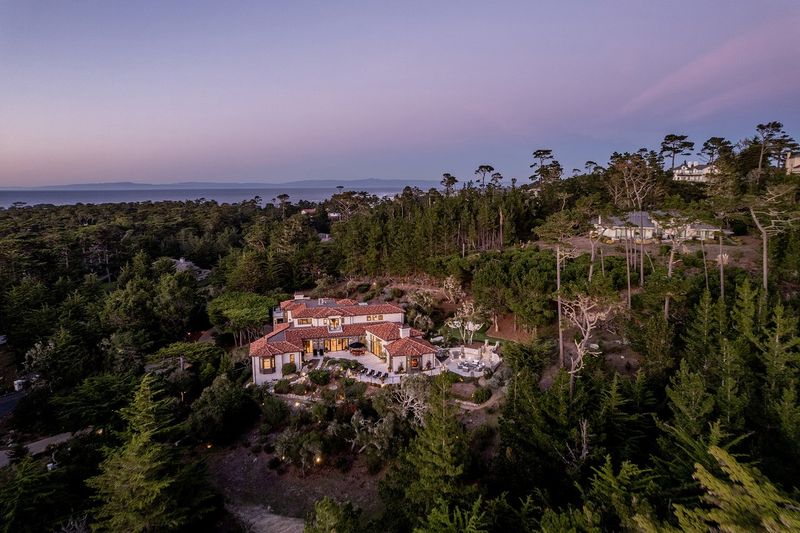
Remote estates used to symbolize luxury and privacy. Now they’re becoming harder to sell because buyers want convenience over isolation. Long commutes to cities drain time and money, especially with gas prices staying unpredictable.
Maintaining huge properties requires constant landscaping, pool care, and security systems. Fire risk in remote areas has skyrocketed, making insurance premiums absolutely brutal.
Young professionals prefer walkable neighborhoods with coffee shops nearby, not sprawling compounds miles from civilization.
4. Split-Level Suburban Homes From The 1970s
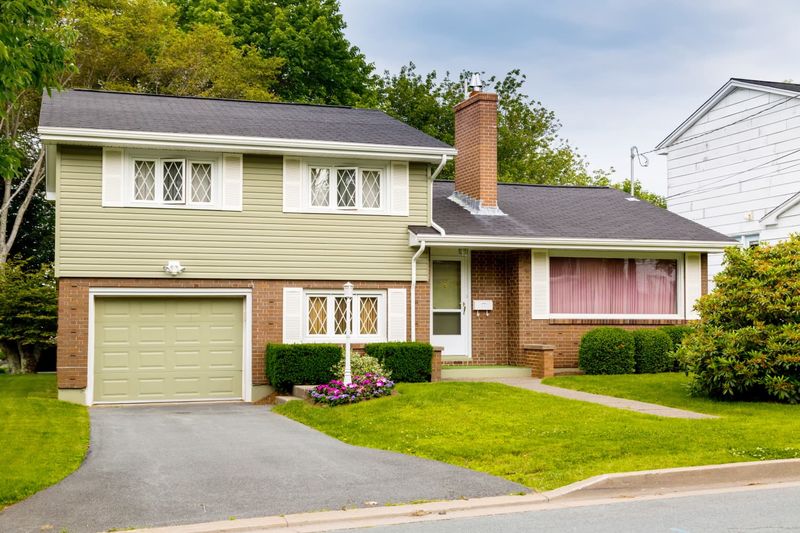
Split-levels seemed genius back in the day, maximizing space on sloped lots. Today’s buyers find all those short staircases annoying and impractical. Families with young kids or elderly relatives struggle with constant stairs between rooms.
These homes often feature dark wood paneling, popcorn ceilings, and cramped kitchens that feel trapped in time. Renovating them is tricky because the staggered floor plan limits design options.
Energy efficiency is terrible since heating and cooling multiple half-levels costs way more than single-story homes.
5. Oversized Custom Homes In Fire-Prone Zones
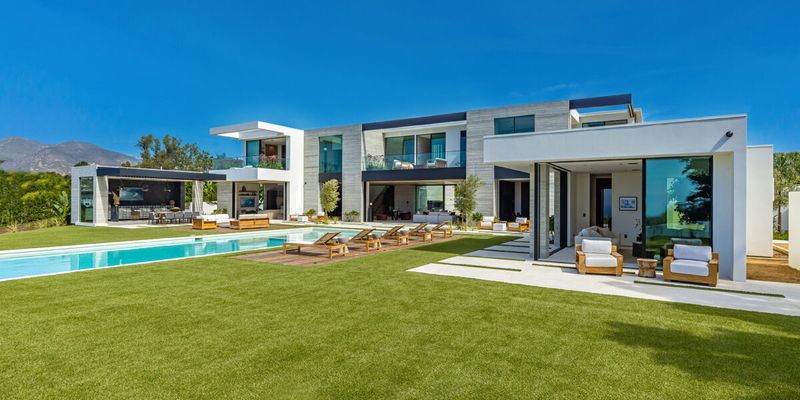
Custom mansions in scenic fire zones are facing a reckoning. Insurance companies are dropping coverage or charging outrageous premiums that can exceed ten thousand dollars annually. Some areas have become nearly uninsurable, making mortgages impossible to secure.
Evacuation risks during fire season create constant anxiety for families. Maintaining defensible space around oversized properties requires ongoing expense and effort.
Resale values are dropping as buyers realize the true cost of living in beautiful but dangerous locations.
6. Contemporary Glass-Walled Homes With High Cooling And Energy Costs
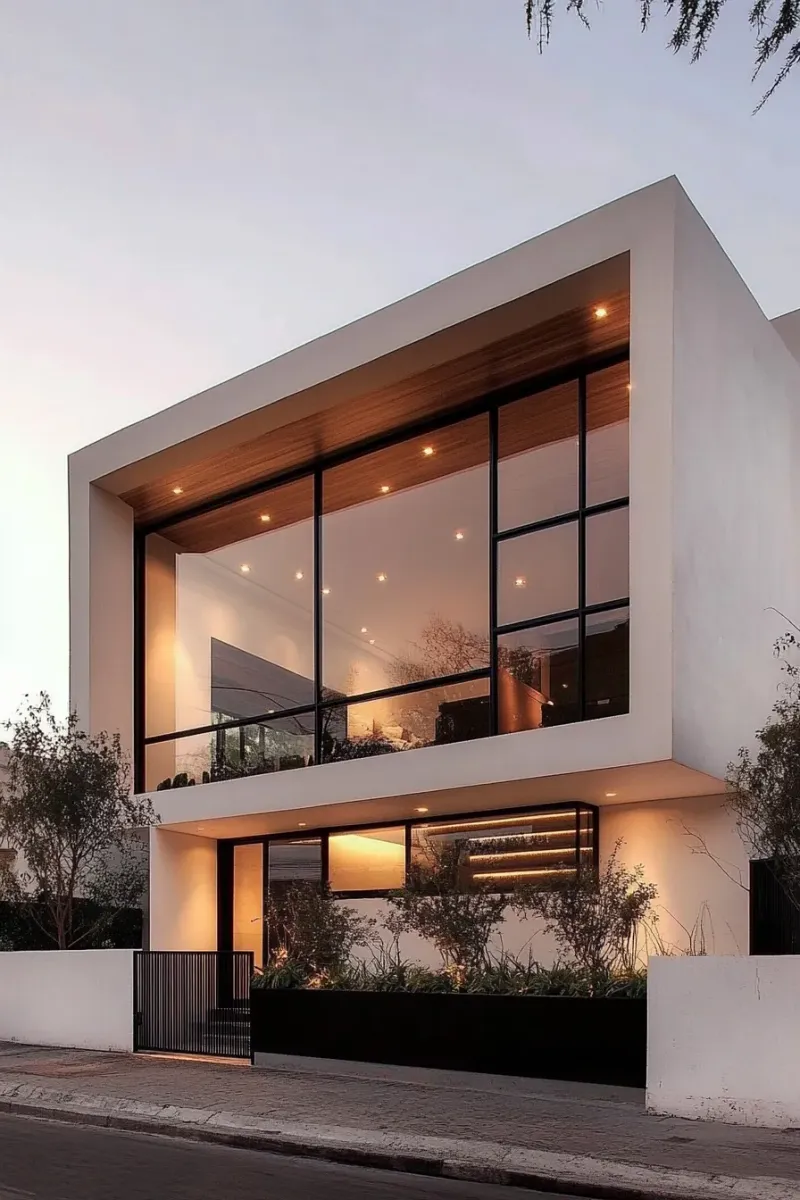
Glass walls look stunning and create amazing indoor-outdoor vibes. But those gorgeous views come with brutal energy bills that shock new owners. Cooling costs in summer can easily hit four hundred dollars monthly, even with efficient AC systems.
Heat gain through glass is relentless during California’s long summers. Privacy becomes an issue unless you install expensive treatments that defeat the purpose of glass walls.
Cleaning and maintaining all that glass requires professional services, adding more ongoing costs to an already expensive lifestyle.
7. Large Victorian Homes With Costly Upkeep
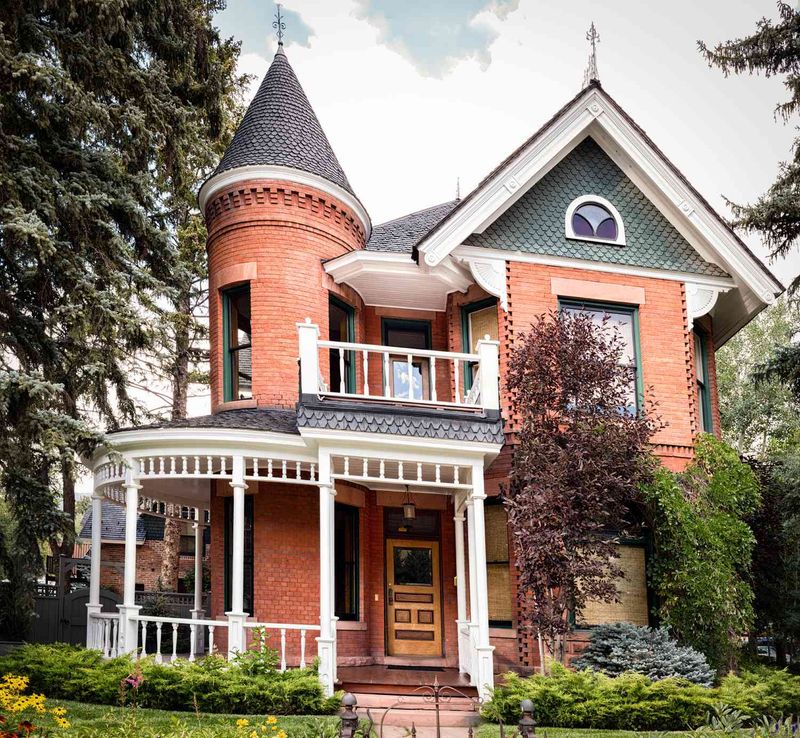
Victorian homes ooze charm with their intricate trim and historic details. Keeping them beautiful requires specialized contractors who charge premium rates for period-appropriate work. Original windows often need custom restoration that costs thousands per window.
Heating these tall, drafty homes wastes energy and money every winter. Plumbing and electrical systems desperately need updates to meet modern safety codes.
Foundation issues are common in older homes, and fixing them can cost fifty thousand dollars or more, depending on severity.
8. Craftsman Bungalows In Flood-Prone Coastal Towns
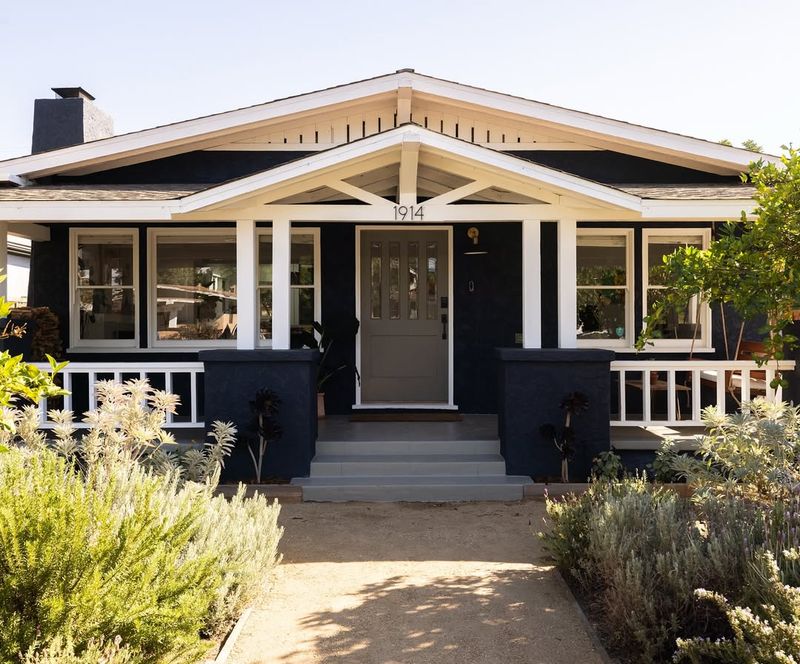
Coastal Craftsman bungalows have always been desirable for their beachy vibes. Rising sea levels and increased storm intensity are changing that equation fast. Flood insurance has become mandatory and incredibly expensive in low-lying areas.
Some policies now cost over three thousand dollars yearly, eating into home equity. Water damage from flooding destroys wood floors, cabinetry, and foundations that define Craftsman style.
Buyers are getting smarter about climate risks and avoiding areas where flooding threatens their investment and safety.
9. Industrial Loft Conversions In Slowing Downtown Markets
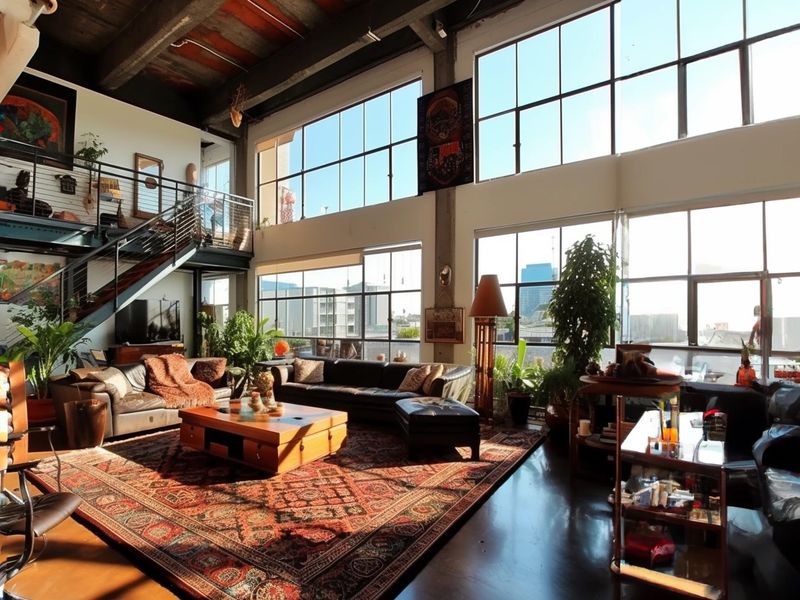
Urban lofts were the hottest trend for years among young professionals. Remote work changed everything, making downtown living less appealing when commutes disappeared. Many city centers are struggling with increased vacancy rates and declining foot traffic.
HOA fees in converted buildings can exceed six hundred dollars monthly for amenities nobody uses anymore. Parking challenges and street noise bother people working from home.
Suburban homes with yards and extra rooms now offer better value than cramped lofts in areas losing their urban energy.
10. Golf-Course Community Homes In Drought-Affected Regions
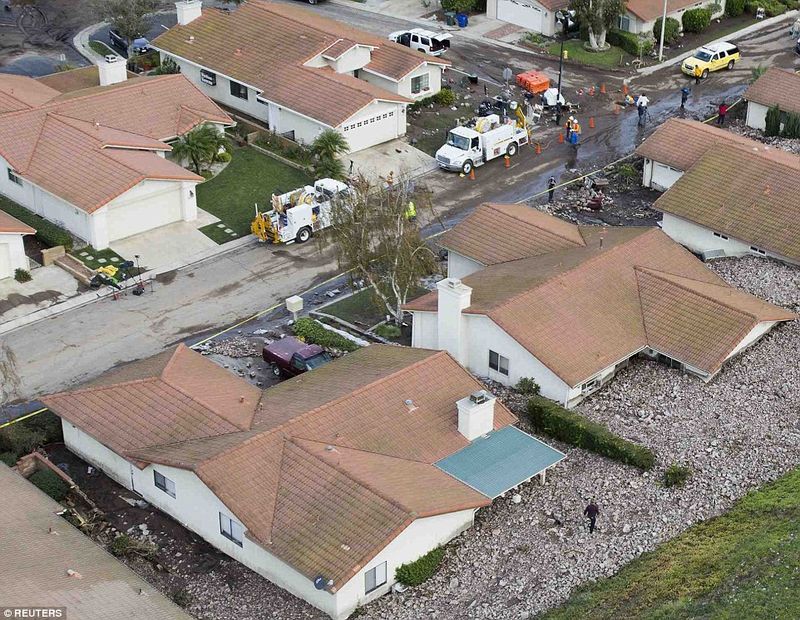
Golf course living promised resort-style luxury and beautiful views. California’s ongoing water crisis is making these communities unsustainable. Courses are shutting down or going brown, destroying property values and curb appeal overnight.
HOA fees remain high even as amenities decline because maintaining struggling courses costs more. Water restrictions prevent residents from keeping their own yards green.
Younger buyers care more about environmental responsibility than golf access, making these homes harder to sell to new generations.
11. Tuscan-Inspired Tract Homes From The Early 2000s
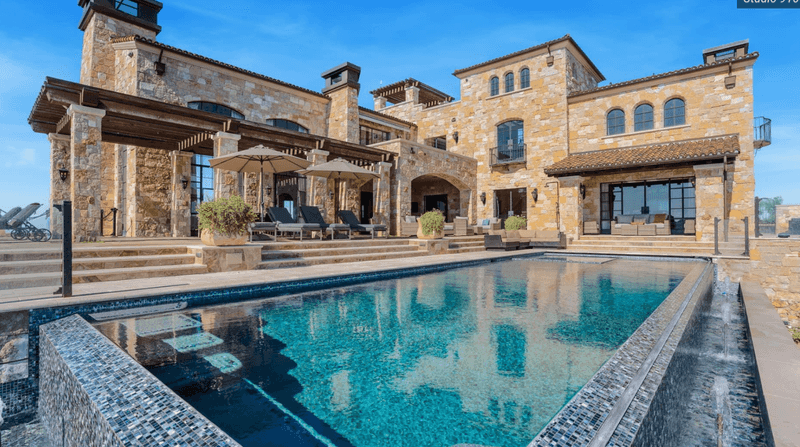
Remember when everyone wanted that Tuscan villa look? These tract homes aged poorly because they prioritized trendy style over quality construction. Faux stone veneers are falling off, and cheap materials are showing their true colors after twenty years.
Floor plans feel dated with formal dining rooms nobody uses and awkward layouts. Oversized homes on tiny lots create a cramped feeling despite square footage.
Modern buyers prefer authentic design and sustainable materials over the cookie-cutter McMansion aesthetic that defined the housing boom.
12. Homes In Climate-Vulnerable Areas (Coastal, Flood Zones, Low Elevation)
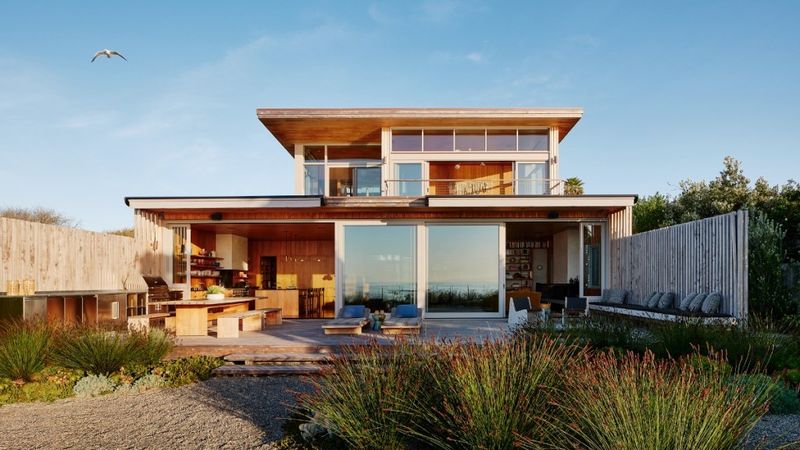
Climate change isn’t some distant threat anymore, it’s affecting property values right now. Homes in vulnerable zones face increasing insurance costs, stricter lending requirements, and declining buyer interest.
Banks are getting cautious about issuing thirty-year mortgages in areas that might be underwater within decades.
Erosion, flooding, and storm damage create ongoing anxiety and expense. Resale values are dropping as climate data becomes more accessible to informed buyers who avoid risky locations entirely.
13. Outdated Single-Family Homes With No Modern Upgrades
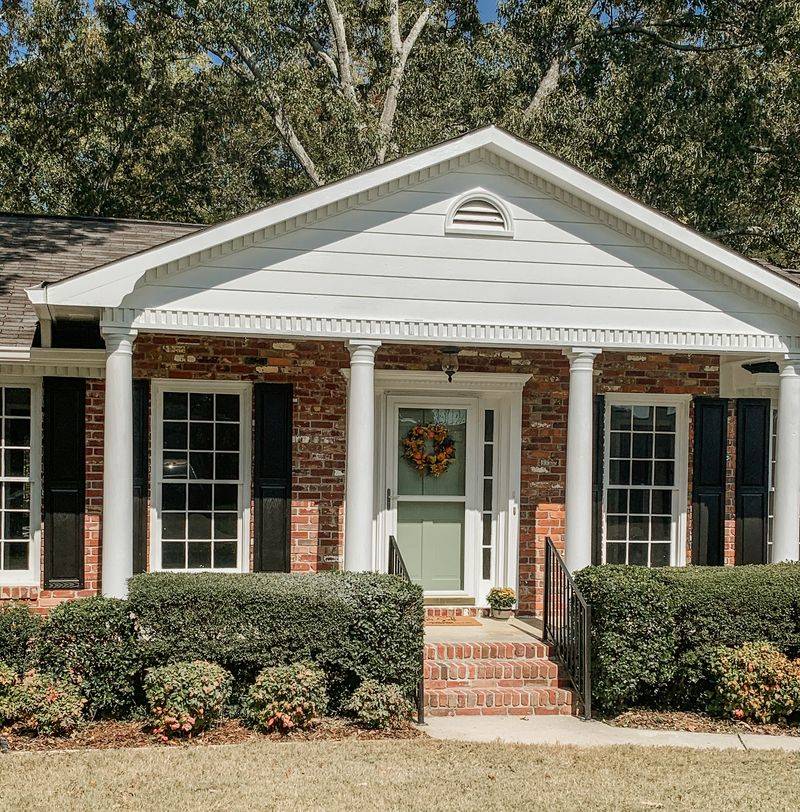
Houses frozen in time with original everything are tough sells in today’s market. Buyers don’t want projects requiring immediate fifty-thousand-dollar renovations before moving in. Old electrical panels, galvanized plumbing, and asbestos materials create safety concerns and inspection nightmares.
Kitchens with laminate counters and bathrooms with pink tile fixtures turn off modern buyers instantly. Energy costs are sky-high without insulation, efficient windows, or updated HVAC systems.
Sellers hoping for top dollar without investing in updates are finding fewer interested buyers each year.

